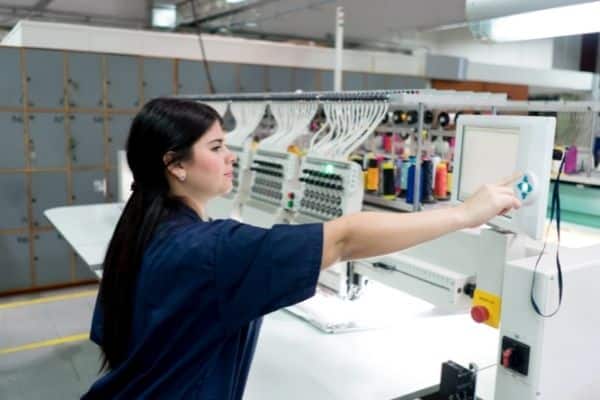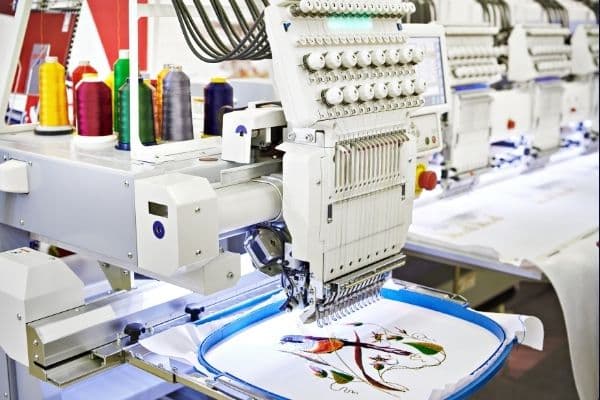The garments industry is now incomplete without embroidery. Someone who wants to add a symbol or logo on t-shirts, bags, and caps to promote and represent must need embroidery. When you see your surroundings, you will find the machine embroidery process in the garments industry in many ways.
Table of Contents
Someone wears a cultural outfit, your kid’s school uniform, a company-branded t-shirt, or an athlete’s jersey. They all have some sort of custom embroidery anyway. It has had cultural values as a craft or fashion for decades. Normally, it adds style or expresses a special meaning to clothing.
History
Embroidery originates from China and the Near East. Since fabric production, embroidery has been practiced. In 30,000 B.C., Archaeologists found early embroidery hand-stitched and decorative fossils. During the 5th and 3rd centuries B.C., found early examples of machine embroidery.

However, the practice of embroidery rose in Europe with the rise of the Christian church and growing royal power.
Around 1900, embroidery became more popular in the form of mail-order catalogs and patterns on paper. Today’s class of embroidery on non-woven fabric and patches is outstanding. We cannot see any sports uniform without embroidery patches.
Embroidery Process in Garment Industry
The embroidery process flow chart in the garment industry is as follows:
Artwork from buyer
↓
Input to (Software)
↓
Design analysis
↓
Send to buyer
↓
Recommendation & correction from the buyer
↓
Sample prepare
↓
Send to buyer
↓
If approved, then for bulk production.

The above flow chart tells the process of embroidery used in the garment industry.
- The embroidery process starts with the digitizer company receiving the artwork from the buyer and fixing it with changes if needed.
- The embroidery supervisor gets the correct tape or disk of embroidery from the production coordinator.
- Then the machine is set up with bulk or 20-48 embroideries to run at one time as per machine capacity.
- The supervisor is responsible for adjusting the machine speed according to the fabric types.
- After the embroidery operation, all the pieces are checked by a needle detector machine and sent into the cutting section.
- The cutting inspector checks each piece cut.
- The Q.A manager and cutting in charge then check each bundle. Then it proceeds further in the sewing line with an acceptable quantity.
- Before putting it into the sewing line, the quality in charge checked each bundle and passed it to the metal detector machine to ensure the 100% acceptable quantity.
You Maybe Interested: Draw Simple Textile Design Drawing
Embroidery’s Revolutionary Role in Garments

Nowadays, we find that textiles are decorated in many ways. You can also sew designs with thread on the painted image in different printed and dyed or painted images. Embroidery is used to decorate the fabric’s surface with needles and colorful silk and cotton threads.
The embroidery department in the garment industry is now done to the requirement of the buyer. Embroidery can be done by hand, but the machine is used for bulk production and a difficult pattern.
Embroidery is done using a sewing machine or embroidery machine to create beautiful textile patterns. The process of machine embroidery on the fabric used in the garment industry is process-specific.
